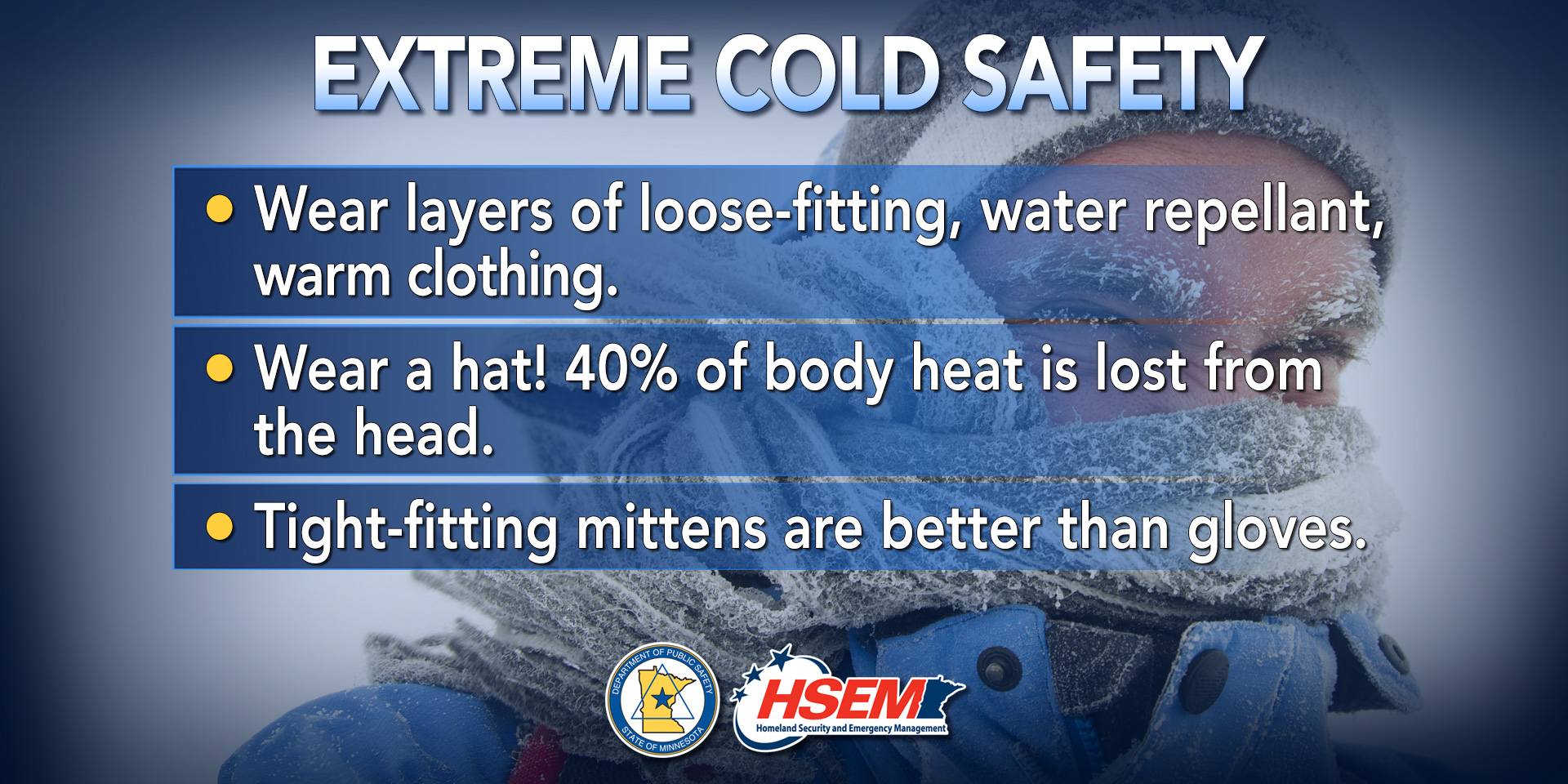Outdoor Safety Tips for Winter
Nov 05, 2019 04:59AM ● By Editor
Winter in Minnesota can be described in many ways, but unpredictable isn’t one of them.
At some point, it will snow and temperatures will drop below zero. There will be ice on the roads. High winds will raise the risk of being outdoors from hazardous to life-threatening.
The sections below provide some basic information and fact sheets about the most common risks and hazards and how to prepare for or avoid them. For more detailed information or question about these topics, refer to the links to each sheet.
Thin Ice
When is ice safe? There really is no sure answer. You can't judge the strength of ice just by its appearance, age, thickness, temperature, or whether or not the ice is covered with snow. Strength is based on all these factors. In addition the depth of water under the ice, size of the water body, water chemistry and currents, distribution of load on the ice and local climate conditions all play a factor.
Keeping Children Safe
While freezing winter temperatures keep many adults indoors, children may want to play outside all day. Each year, emergency rooms in the United States treat thousands of children for injuries related to sledding and ice skating. Frostbite is also threat for children.
Winter Safety Checklist: Families and Children
Access and Functional Needs
Minnesotans who use a wheelchair, rely on home-delivered meals or are visually impaired are among those who need to pre-plan during extremely cold weather. Ready.gov has tips.
Winter Sports and Activities
Minnesotans spend almost as much time outdoors in winter, having fun and recreation, as they do in summer. Adults and kids love to go snowmobiling, skiing, ice skating, sledding and many other activities all season long. With just a few precautions and smart behavior, those activities should be safe and fun!
Winter Safety Checklist: Sports and Activities
Frostbite and Hypothermia
In very cold weather, a person's body can lose heat faster than they can produce it. The result is hypothermia, or abnormally low body temperature. It can make a person sleepy, confused and clumsy. Because it happens gradually and affects one's thinking, it may not be immediately recognized.
CDC Frostbite and Hypothermia Awareness

